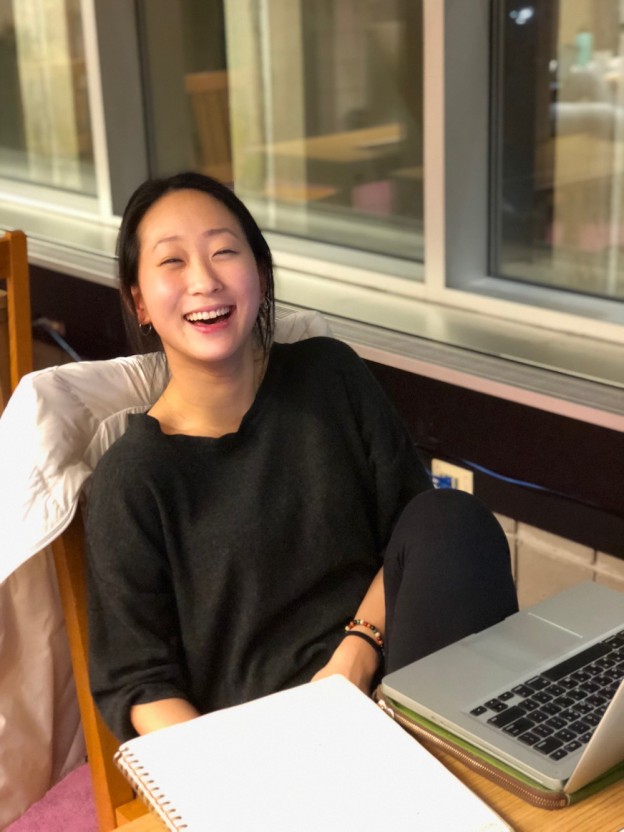Bo Lim Lee ‘18, a Chemistry major and Dance minor, came to Swarthmore with an eclectic background in dance. After suffering a foot injury in high school, she didn’t think she would be able to dance again. Despite this setback, Lee has become one of the most active members in Swarthmore’s dance program, taking part in a wide range of classes and performing at every opportunity. Lee was originally trained in classical ballet, but became exposed to more modern and contemporary techniques high school. During this period, she also joined a hip hop dance troupe, an experience that motivated her to join the tri-college hip hop group, Rhythm n’ Motion, later on. She has continued to pursue a wide range of styles since coming to Swarthmore, and while she enjoys many of them, her favorite is umfundalai, a contemporary African dance technique that is made up of movement traditions from throughout the Diaspora.
Umfundalai means “essential” in Kiswahili. Its technique is centered around the idea of an “essence of African dance” that “lives wherever African people reside.” In this way, umfundalai situates its dancers both in the past and the present, creating a contemporary amalgamation of traditional styles that become representative of African movement in a wider sense. Several members of Swarthmore’s Dance faculty were trained in the technique and have brought their own artistic voices to its instruction. Despite their different approaches, they all place particularly high importance on the narrative component of umfundalai, which is something that Lee deeply appreciates: “I have fallen in love with the dance’s unique ability to intertwine narratives into the movements,” she says.
Lee was part of the tri-college group, Rhythm n’ Motion, during her sophomore and junior years. The group is made up of individuals from a wide range of backgrounds, and focuses on movement traditions from the African Diaspora, including jazz, salsa, hip hop, and African. They rehearse every weekend and perform two shows each year at the end of the fall and spring semesters.
Lee also had the opportunity to create her own pieces in choreography class. When she came to Swarthmore, she had not been particularly involved with choreography, and so appreciated how the class pushed her to “explore beyond [her] comfort zone.” Of the works she created for the class, she says that she was primarily influenced by “music and/or certain themes. “I can’t really choreograph from free-style so, I like having some structure to work with when I choreograph.”
Lee will be working as a research technician in a lab at the University of Pennsylvania over the next two years, after which she will attend graduate or medical school. She hopes to continue taking dance classes on the side.
Gabriel Hearn-Desautels ’20
